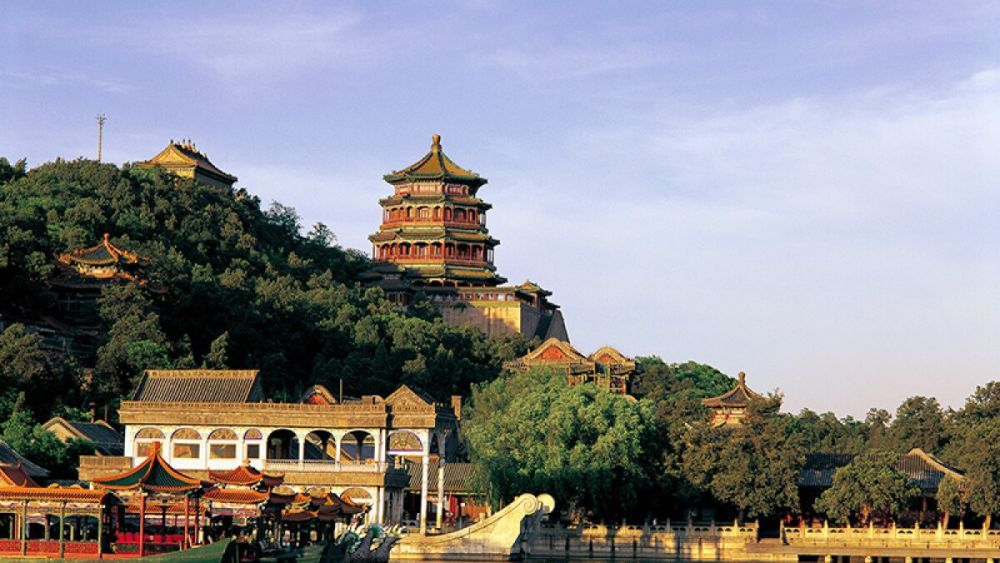

The Summer Palace in Beijing is an exemplar of traditional Chinese landscape garden design, and its history is deeply intertwined with the tourism sector of China. A UNESCO World Heritage site, it stands today as a proud testament to the country’s imperial past and its journey towards becoming a modern-day tourism hotspot.
The Summer Palace, known in Chinese as Yiheyuan, which roughly translates to "Garden of Nurtured Harmony," was initially constructed in 1750 during the Qing Dynasty. Historically, it was a private retreat for the royal family and not open to the public. It was only after the fall of the Qing Dynasty in 1912 that the Summer Palace was converted into a public park. This marked the genesis of tourism to the site.
Throughout the 20th century, the Summer Palace evolved as a prime attraction for visitors in China. Despite sustaining damage during wars and the Cultural Revolution, restoration efforts maintained its grandeur, allowing it to become an important destination for both domestic and international tourists.
In 1998, the Summer Palace was designated as a UNESCO World Heritage site, recognizing its significant cultural value and boosting its international appeal. The subsequent increase in tourism has been instrumental in preserving the site, with tickets and maintenance programs funded by the revenue generated from visitor admissions.
In recent times, the Summer Palace witnesses a convergence of historical appreciation and modern-day leisure activities. Apart from traditional sightseeing, many tourists engage in activities such as paddle boating on Kunming Lake, and seasonal events like ice-skating in winter.
The park has also adapted to technology trends by offering online ticketing services and virtual tours, increasing accessibility and convenience for visitors. Moreover, ecotourism and sustainability have become pivotal, with increased efforts to maintain the delicate balance between tourism growth and the conservation of the site's natural and historic integrity.
The Summer Palace continues to showcase the rich tapestry of Chinese history and culture to the world. Its evolution from an exclusive imperial garden to a public masterpiece illustrates the transformative journey of tourism in China. The palace remains a symbol of China’s past, present, and future, drawing millions of visitors annually, eager to experience its timeless beauty and historical significance.